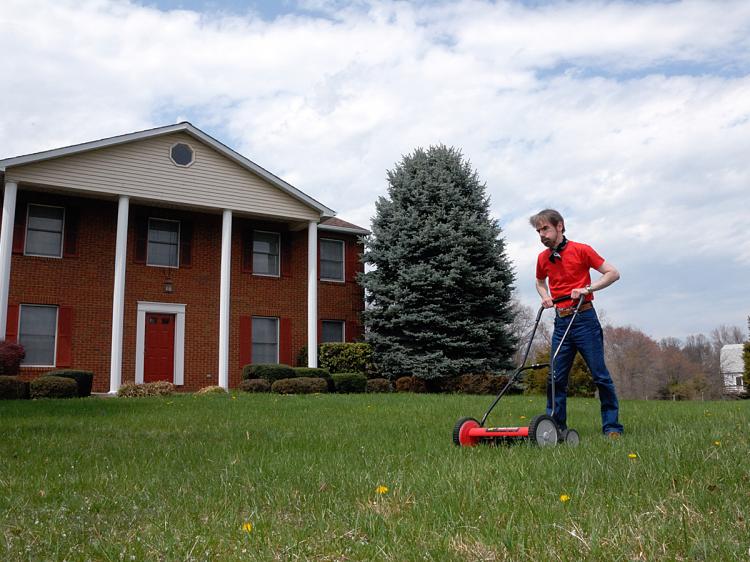Turfgrass lawns are not environmentally friendly, according to recent research by Dr. Amy Townsend-Small and Dr. Claudia Czimczik of the University of California, Irvine.
Although lawns absorb carbon dioxide through photosynthesis, maintaining them—including mowing, leaf blowing, and fertilizer production—may create greenhouse gas as much as four times the amount of the carbon dioxide absorbed by the grass.
“The carbon-storing benefits of lawns are counteracted by fuel consumption,” said Townsend-Small in a press release.
Turfgrass occupies 1.9 percent of land on the U.S. mainland. It is the most common irrigated crop in the country.
To read the research paper, please visit http://www.agu.org/pubs/crossref/2010/2009GL041675.shtml
Although lawns absorb carbon dioxide through photosynthesis, maintaining them—including mowing, leaf blowing, and fertilizer production—may create greenhouse gas as much as four times the amount of the carbon dioxide absorbed by the grass.
“The carbon-storing benefits of lawns are counteracted by fuel consumption,” said Townsend-Small in a press release.
Turfgrass occupies 1.9 percent of land on the U.S. mainland. It is the most common irrigated crop in the country.
To read the research paper, please visit http://www.agu.org/pubs/crossref/2010/2009GL041675.shtml




